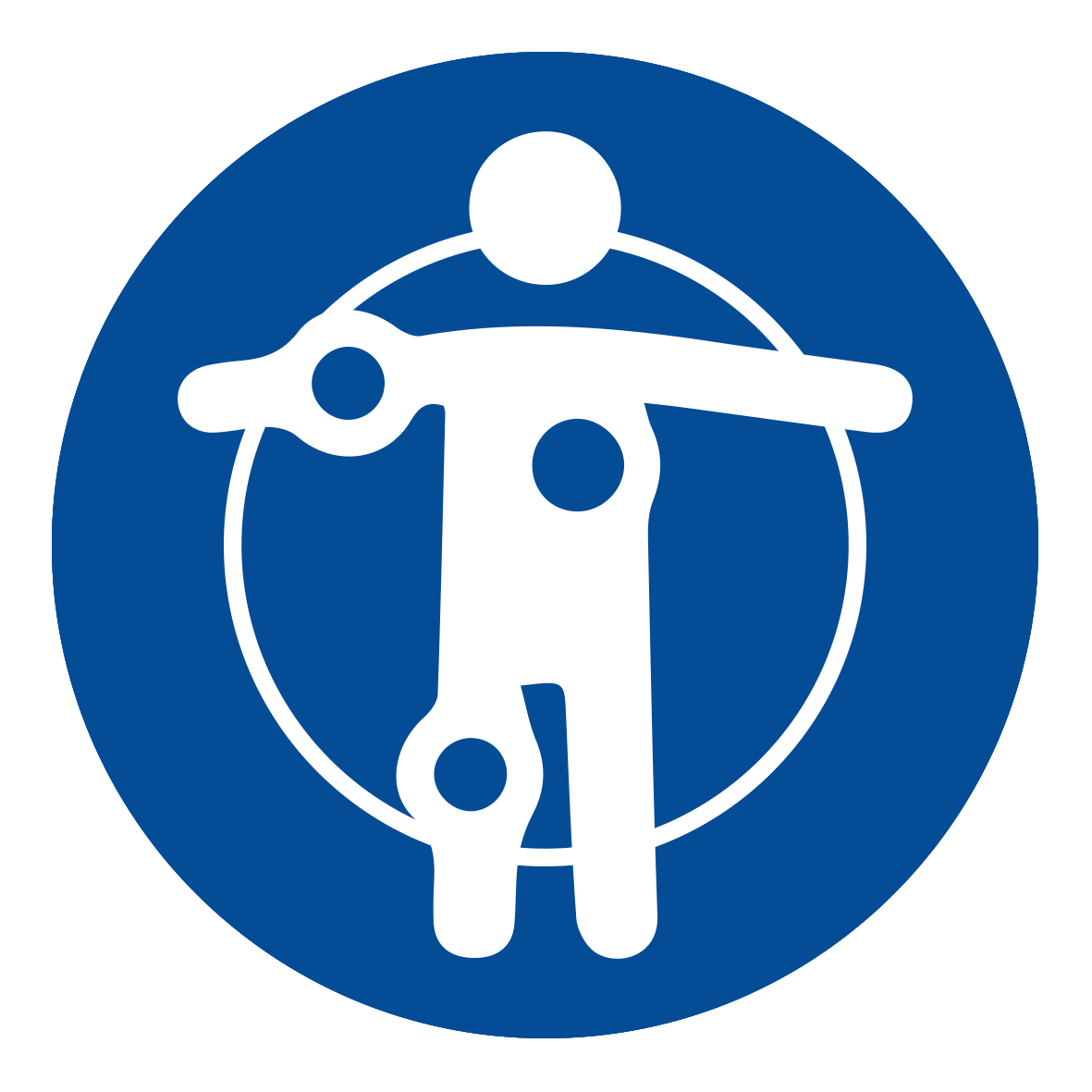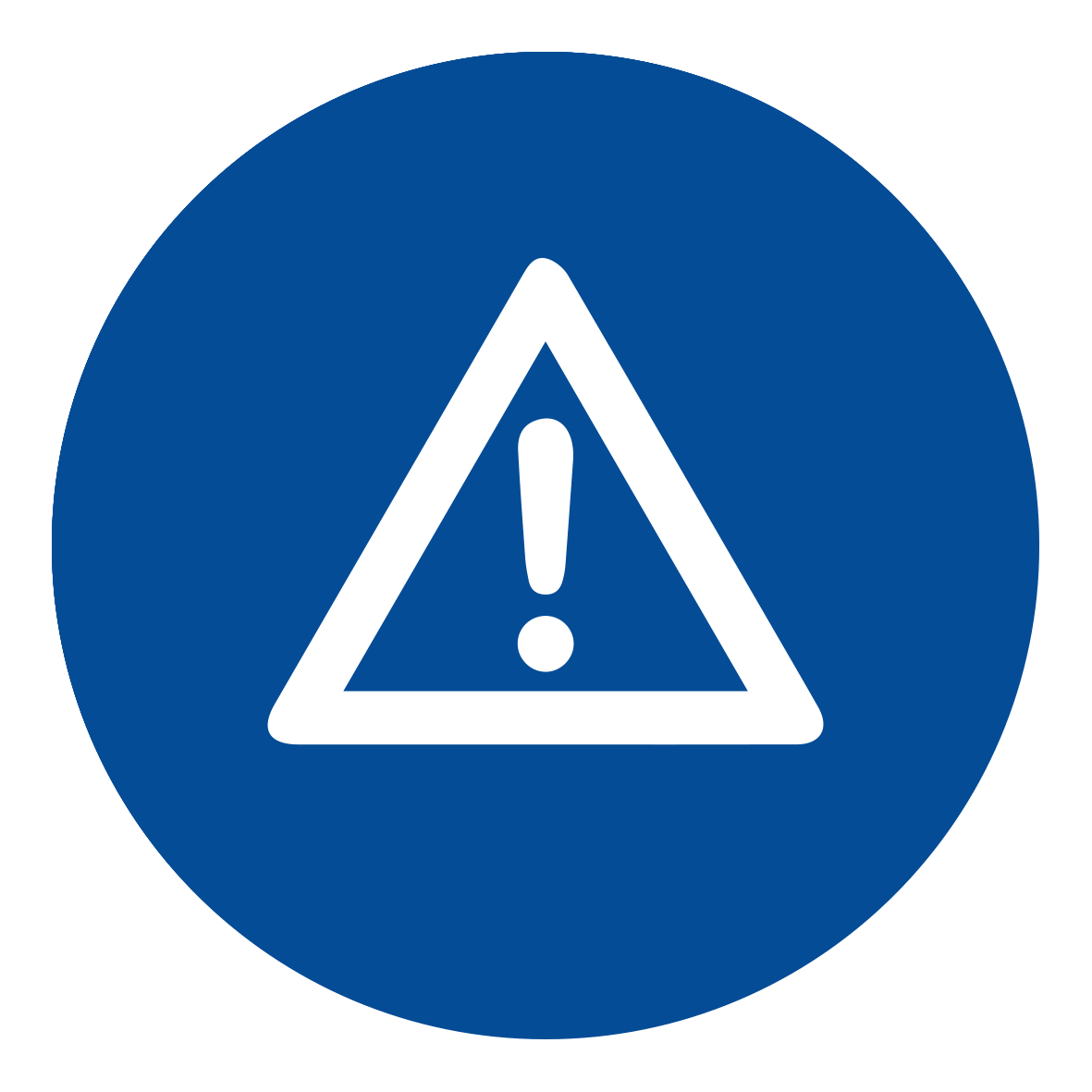Home / Limb Deformities / Rickets
Rickets is a condition that softens and weakens bones in children.


Important safety information: Download the Product Instructions For Use.
TL-HEX is a dynamic, 3D external fixation system that combines hardware and software to correct bone deformities. This hexapod-based system functions as a 3D bone segment-repositioning module. In essence, the system consists of circular and semi-circular external supports secured to the bones by wires and half-pins, interconnected by six struts.
Important safety information: Download the Product Instructions For Use.
The Guided Growth System eight-Plate and quad-Plate is an implant system designed to correct pediatric deformities (congenital or acquired) in lower limb, like genu valgum and varum, and limb length discrepancies. The plates are attached to the external surface of the bone over the growth plate by two or four screws depending on the plate selected by the surgeon. The implant acts like a flexible hinge, permitting growth at the growth plate to gradually straighten the limb when the physis (growth plates) are not fused. The screws are not locked to the plate but rather are allowed to swivel and diverge in their positions as the bone grows. Immediately after implantation, the patient is allowed mobility and weight bearing.
Important safety information: Download the Product Instructions For Use.
The eight-Plate Guided Growth System+™ is an implant system designed to correct pediatric deformities (congenital or acquired) in lower limb, like genu valgum and varum, and limb length discrepancies. The plates are attached to the external surface of the bone over the growth plate by two or four screws depending on the plate selected by the surgeon. The implant acts like a flexible hinge, permitting growth at the growth plate to gradually straighten the limb when the physis (growth plates) are not fused. The screws are not locked to the plate but rather are allowed to swivel and diverge in their positions as the bone grows. Immediately after implantation, the patient is allowed mobility and weight bearing. The eight-Plate Guided Growth System+ offers more sizes and different screw types compared to the standard eight-Plate Guided Growth System, as well as an increased screw angle to treat very difficult cases.
Important safety information: Download the Product Instructions For Use.
The Ilizarov System has experienced many modifications over the last fifty years. The TrueLok™ Ring Fixation System, developed at Texas Scottish Rite Hospital for Children (TSRHC) in Dallas, Texas, is one of the modern variants of the original fixator, but preserves many of the original principles of Professor Ilizarov. It consists of aluminum rings available in different sizes, connected to the bone through metal wires or/and bone screws. The relative movements of the rings allow the correction of almost all the bone deformities in upper and lower limbs and in the foot.

A lack of vitamin D or calcium is the most common cause of rickets. Because rickets is not a reportable disease in the United States, there aren’t any national statistics. However, of the genetic causes of rickets – those that cannot be fixed simply by changing diet and nutrition – the most common is X-linked hypophosphataemic rickets, which happens in 1 in 20,000 newborns (.005 percent). Other genetic causes are very rare.1

Children with genetic rickets may suffer from bone pain, bones that break easily, stunted growth, muscle cramps, and bone deformities such as bow leggedness (genu varum) and spinal deformities.

Blood tests can diagnose rickets and X-rays may be needed to understand the extent of bone deformities. Bone density scans can reveal how severe the disease is.

In the case of deficiencies, the first line of treatment is to add vitamin D and calcium pills to the diet to let the body fix any bone problems itself. However, rickets caused by a genetic condition may need additional medicines and surgery.2 In less-severe cases, a brace can be used on the spine or limbs to support the bones as they grow.
In more severe cases of limb deformity, gradual osteotomy (the surgical cutting or removal of a piece of bone to change how bones line up) and the use of external fixation can be used to both support and reshape the limbs as they grow and get stronger.2 Guided growth with small plates can be used to correct deformities.3

If untreated, rickets can lead to very stunted growth, dental problems and seizures. Bone problems need to be treated to prevent pain and issues with mobility.